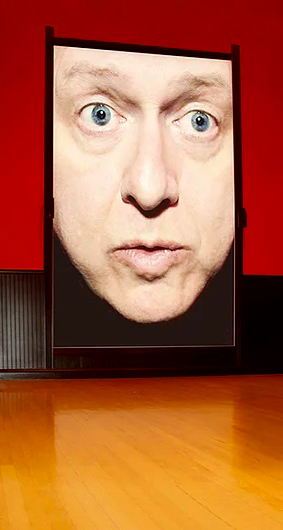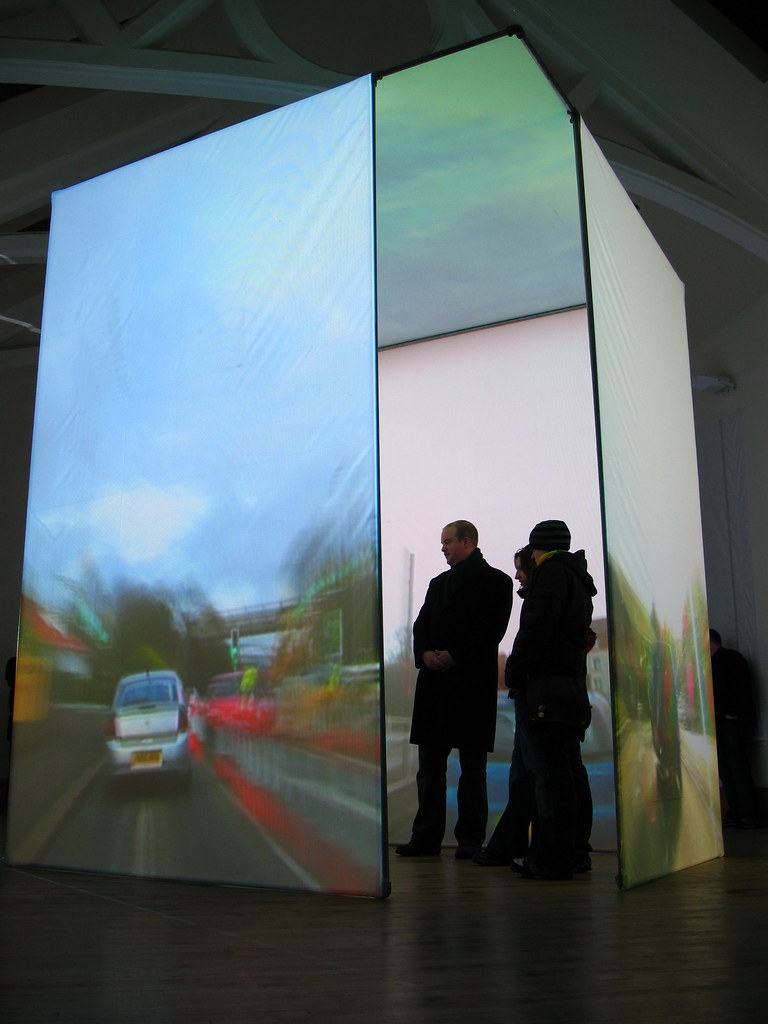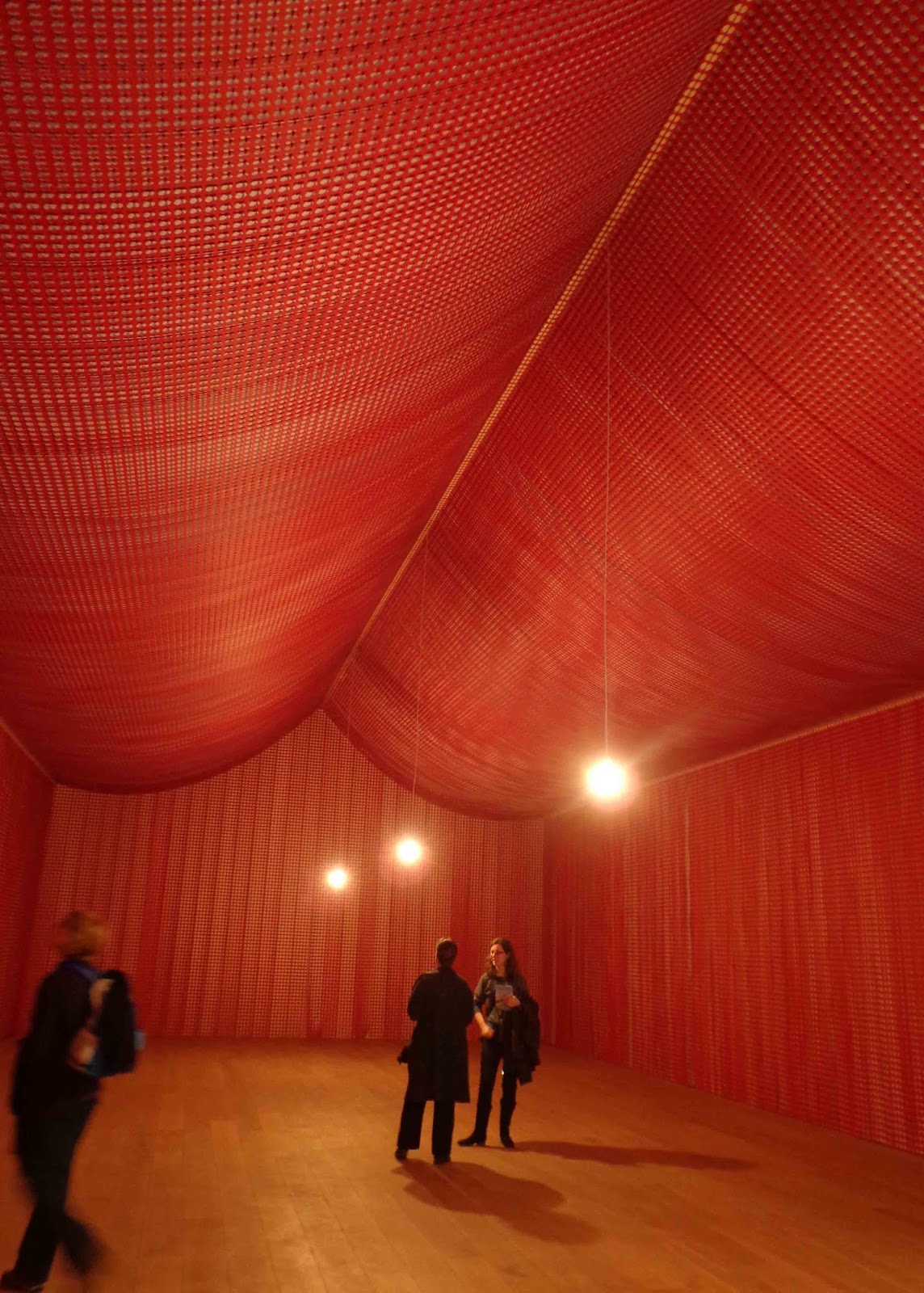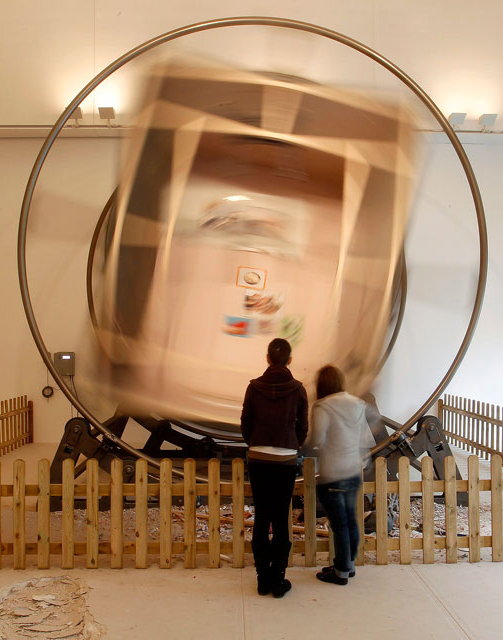
FleuryFontaine
Ange
Ange is the result of discussions between two artists and a “hikikomori”. This term imported from Japan, which has no equivalent in France, is used to describe young people, sometimes even teenagers, choosing not to leave their room or their apartment for months or even years. Ael is one of them, recluse in a shed in his parents garden for 13 years, somewhere in the south of France. The artistic duo fleuryfontaine has maintained a relationship with him using internet. They used the video game as a medium to try to reconstruct the world of this hikikomori and to engage a dialogue during game sessions where Ael evolves in the environments created by the artist. His room, his objects, the parental home, his neighborhood, this film reveals the fragmented portrait of a man hiding from the world.










